
The perception that the Christian faith is “extreme” is “now firmly entrenched among the nation’s non-Christians,” according to a study by David Kinnaman of the Barna Group. Three-quarters of all Americans—and nine out of ten Americans with no religious affiliation—hold that religious extremism is a threat to society, most likely a reaction to the growth of terrorism associated with extremist Islam. But the alarm about extremism seems to have spread to include Christianity as well according to the survey conducted among 1,000 adults. Forty-five percent of atheists, agnostics, and religiously unaffiliated Americans agree with the statement, “Christianity is extremist.” Only 14 percent of atheists and agnostics strongly disagree that Christianity is extremist; the remaining 41 percent disagree with this statement only somewhat.
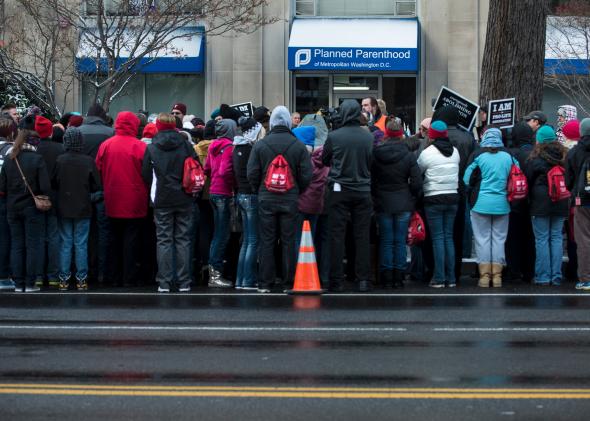
Kinnaman and his colleagues go on to classify to what extent various beliefs and activities are viewed as extreme. As might be expected, using religion to justify violence, refusing standard medical care for children, and refusing to serve a customer whose lifestyle conflicted with one’s beliefs were rated as extreme by at least four in five adults in the U.S. But 50 to 79 percent think it is “very” or “somewhat” extreme to attempt to convert others to their faith, to believe that same-sex relationships are wrong, and to demonstrate outside of an organization they consider immoral. Twenty to 49 percent believe it is “very” or “somewhat” extreme to wait until marriage to have sex, wear religious garments, speak in tongues, and adhere to religious diet restrictions. Also noteworthy was the large gap between evangelicals (a category which the Barna organization tends to define very strictly rather than on self-identification) and non-religious as to what is considered extreme. Evangelicals are equally as likely as the American public to view religious violence and refusing medical care to a child as being extreme, as well as such activities as wearing religious garments (head coverings, for instance). But in comparing evangelicals to atheists, agnostics, and the unaffiliated, there was an “incredible” perception gap of 73 percentage points on the question of converting others.
Less formal and more practical methods of training clergy of the Evangelical Lutheran Church in America tend to lead to longer calls and more effectiveness in congregations according to a study in the Review of Religious Research (published online, Jan. 16). The growth of professionalized clergy in mainline churches has been viewed as a factor in denominational decline, whereas the informal training methods of evangelical churches have led to greater vitality, Nathan Porter of Penn State University writes. Some mainline churches have also recently adopted such programs, especially with the growth in distance learning. Porter looked at the differences in the length of call throughout the lifetime between ELCA pastors who took the traditional route of a three-year Masters of Divinity degree program and one year of internship and those who participated in an alternative path of preparation that allows candidates to serve in parishes as they complete a short-term, part-time, and distance-learning course of study. Those who graduated from the alternative program had “significantly longer calls.” The program was able to recruit and train “successful, or at least stable, second-career clergy without the high personal or financial cost of full-time residential seminary programs.” Porter theorizes that the “higher emotional attachment of less educated clergy to their traditions…may be fostered less by close association with a specific context than by training embedded in engaged practice in an everyday context, not the ivory conclave of religious academia.”
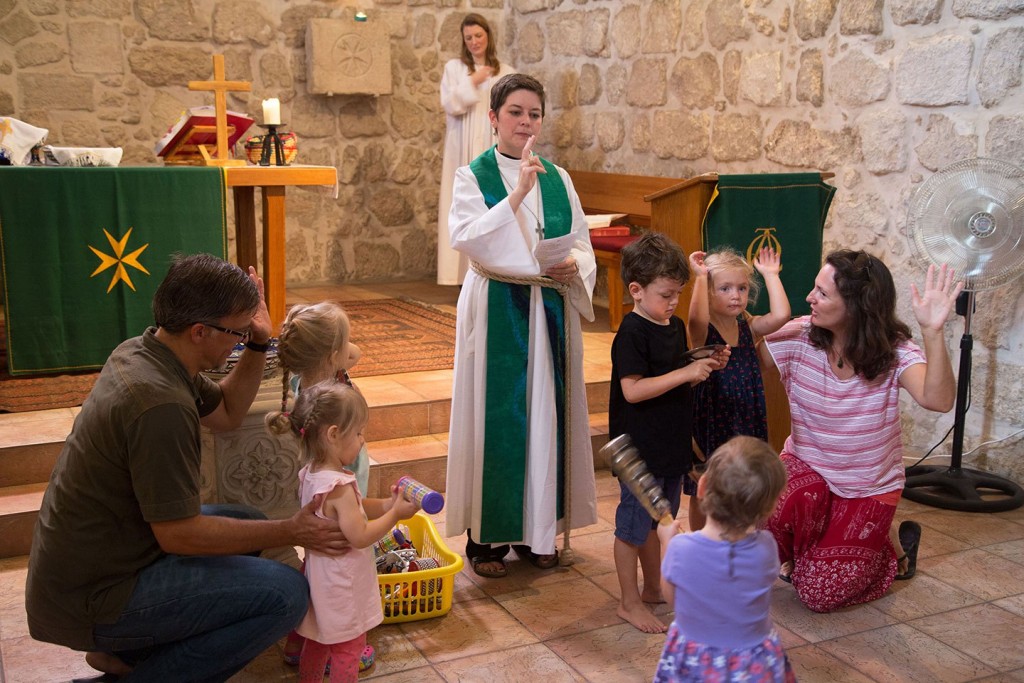
(Review of Religious Research, http://link.springer.com/journal/13644)
There is likely to be a much wider divergence between the numbers of Christians and Muslims in the world in the future than has been forecasted by demographers according to the annual review of religious demography featured in the International Bulletin of Missionary Research (Jan.). Todd M. Johnson and his colleagues at the Center for the Study of Global Christianity note that last year’s Pew Research Center study forecast that there would be roughly equal numbers of Muslims and Christians by 2050 (2.7 and 2.9 billion, respectively). In contrast, Johnson and colleagues forecast 3.4 billion Christians and 2.7 billion Muslims. The difference in estimates is due to Johnson’s inclusion of non-traditional forms of Christianity, such as house churches and “insider” movements (Christian believers who remain identified with their former religions), which are not easily picked up by surveys and censuses. Since these non-traditional Christians are often found in India and China, the differences between Pew’s and Johnson’s figures for Christians are particularly wide. Meanwhile, Johnson adds that for the first time ever, Latin America has passed Europe as the continent with the most Christians; by 2025, Africa is likely to surpass Latin America, with more than 700 million in the former and 628 million in the latter.
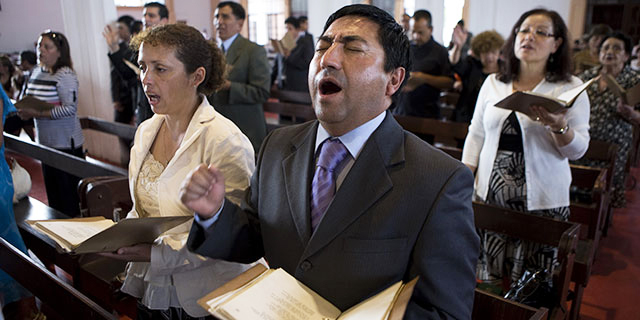
(International Bulletin of Missionary Research, http://internationalbulletin.org/index.html)
A fairly large percentage of Belgians retain loyalty to the Catholic faith, although the numbers of practicing Catholics are dropping steadily, in some cases almost to the proportion that practicing Muslims are growing, according to Erasmus (Feb. 18), the religion and public policy blog of The Economist magazine. Catholicism has historically united linguistically divided Belgium. The blog cites a recent survey by the Observatory of Religion and Secularism that finds that 63 percent of Belgians identify with Catholicism, although only 20 percent of the respondents were practicing Catholics. Six percent were practicing Muslims (with 1 percent non-practicing), and 26 percent atheist or agnostic. As in other European countries, levels of active adherence to Catholicism are highest among older populations, while Islamic practice correlates with youth. In other words, 30 percent of practicing Catholics are aged 55 and over, with less than 1 percent of Muslims of that age range, while active adherence to Islam (at 14 percent) exceeded the practice of Catholicism (12 percent) among 18-to-34-year-olds. In Brussels, active Muslims (19 percent) outpace active Catholics (12 percent). Although the researchers are struck by the percentage of Belgians retaining a cultural tie to Catholicism, such a weak identity is unlikely to “hold Belgium together through its third century….”
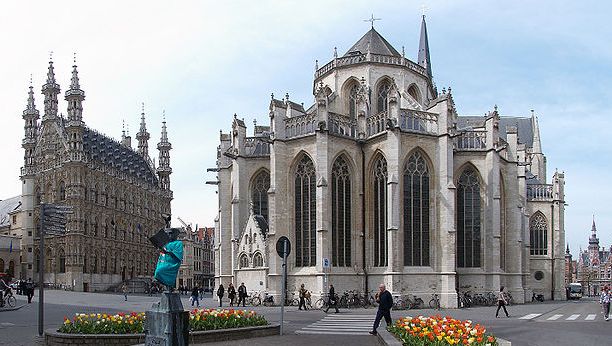
A qualitative study of young people from the UK who have converted to Islam finds the strictness and dedication of Muslim groups among the most appealing factors according to the Erasmus blog of The Economist (Feb. 12). The 18-month study of 50 male converts to Islam is the second part of a Cambridge University project, with the first part focusing on young women converts. As a whole, the young people were often drawn to the faith by seeing the camaraderie of Muslim student groups as well as the members’ sense of purpose. The strict practices regarding dress and restrictions of diet and sexuality were generally seen as attractive, especially once these young people joined the fold. Almost all of the interviewees reported some problems with their relatives, especially those South Asians who had been Sikh or Hindu and were perceived to have betrayed their families. There were also disappointments with their new faith. Some had been drawn to Islam through its mystical branch of Sufism only to discover that Sufi practices and teachings are excluded or stigmatized by mosques heavily influenced by Salfist Islam stressing the purity of the faith. Others drawn to the universalistic aspect of Islam were disheartened by the ethnic and sectarian rivalries.
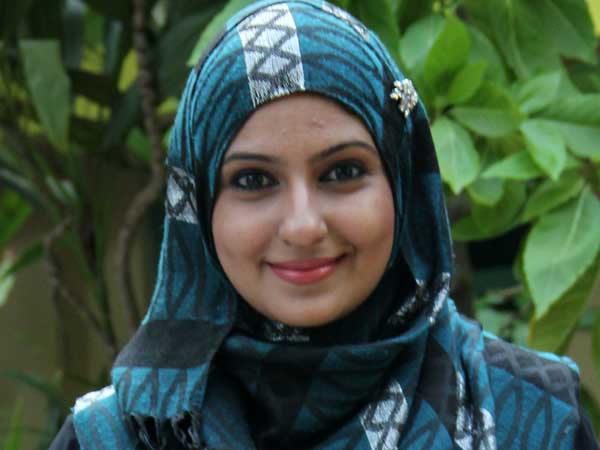
Rather than fueling a sense of Islamic superiority and promoting intolerance, making the hajj, or the pilgrimage to Mecca, tended to promote greater religious and political tolerance among participants reports a study by Mikhail A. Alexseev and Sufian Zhemukhov in the journal Religion, State and Society (43:4). The researchers conducted an ethnographic and focus group study of Muslim pilgrims on the hajj and compared them to a control group of non-pilgrim Muslims, who had desired to make the pilgrimage but were unable to do so; the total of 28 participants in the four-year study were all from Russia’s North Caucasus region and shared similar social backgrounds. In analyzing the themes of focus group conversations, the non-hajj participants were more likely to stress the importance of maintaining uniform standards of belief and ritual in Islam compared to the pilgrims.
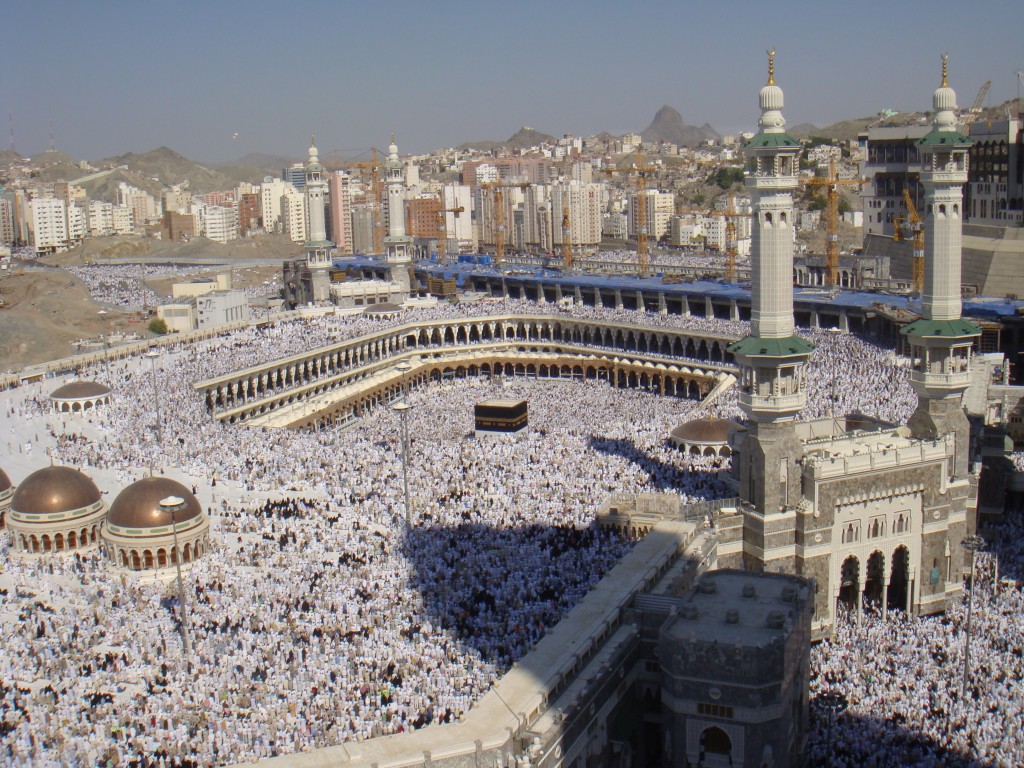
The pilgrims were more likely to emphasize commonalities between different kinds of Muslims as well as with non-Muslims. They were also less likely to be swayed by “fundamentalist” and “radical” teachings of local activists. The hajj participants were also more open to discussing religion-state relations and social equality, as well as the possibility of traveling and living in the U.S. Alexseev and Zhemukhov add that though the focus groups were small in number and from one country, the sharp differences they found between pilgrims and non-pilgrims in hundreds of observations and statements suggests the paradox of how participation in “mass, peaceful, common-identity-affirming religious rituals promotes socio-political tolerance.”
(Religion, State and Society, http://www.tandfonline.com/toc/crss20/current)